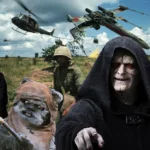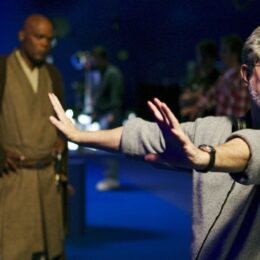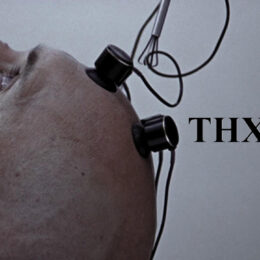The best changes made by GEORGE LUCAS to the original STAR WARS Trilogy
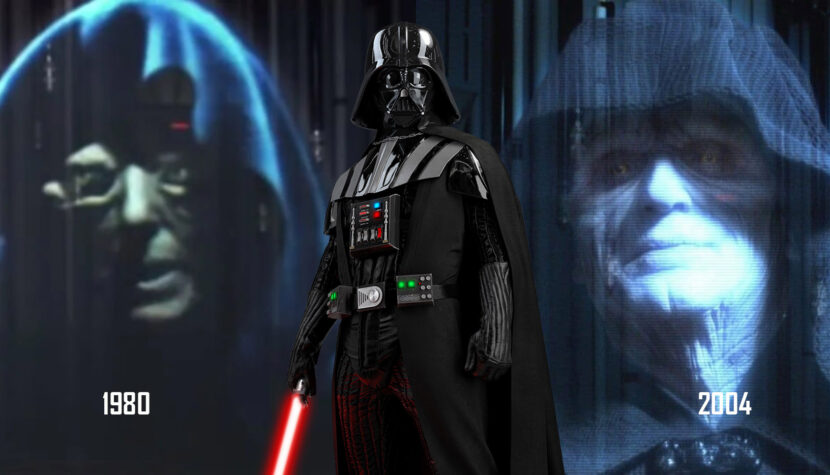
The oldest episoded of the Star Wars saga created by George Lucas have survived and are still visually competitive, but not only thanks to their original quality, but also numerous improvements introduced many years later, mainly for the 20th anniversary of A New Hope. However, not everything succeeded. Some scenes and animations aged faster than expected. However, there are changes without which today it is difficult for us to imagine parts IV, V and VI, they merged so much with the remembered image of the trilogy.
New Emperor

The Emperor first appeared in Star Wars Episode 5: The Empire Strikes Back. But who remembers what he looked like today? Perhaps I vaguely remember when, as a six-year-old, I had the opportunity to watch the full trilogy on VHS for the first time. Throughout pop culture, however, it is Ian McDiarmid, not Elaine Baker, who is known as the Emperor. His face has been blended into the original image featured in The Empire Strikes Back to ensure consistency with the rest of the saga, especially the prequel trilogy. This is the kind of procedure that makes the viewers not feel confused. It’s easier for them to get used to the universe when there are well-known characters in it, regardless of chronology.
Related:
Oola the dancer
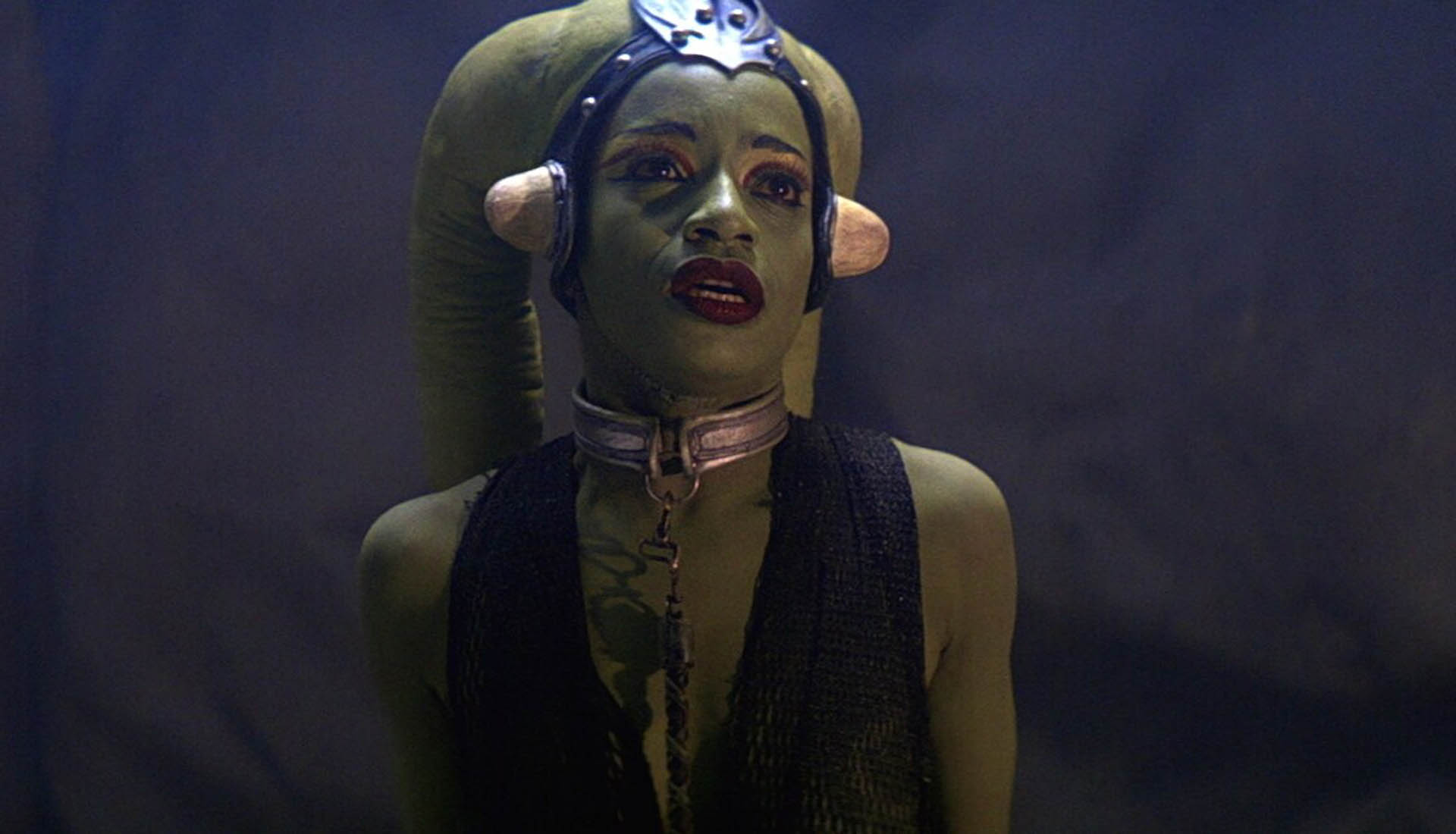
Beforehand we didn’t see what happened to Oola after she refused to give in to Jabba who suddenly wanted a taste of a Twi’lek during her dance. In the original, it is known that Oola fell into the rancor’s lair. Jabba liked to keep such dangerous animals. He was proud of them, even though he had no desire to deal with them. In the newly added sequence, the camera showed us what had happened to the dancer, which had a positive effect on the drama of the whole scene. There were a few new shots: from below to show Jabba’s curious and bloodthirsty guests, from inside when Oola falls into the lair, and a close-up of her terrified face as the rancor comes out to kill and probably eat her. And the crowd is happy.
Mos Eisley after restoration
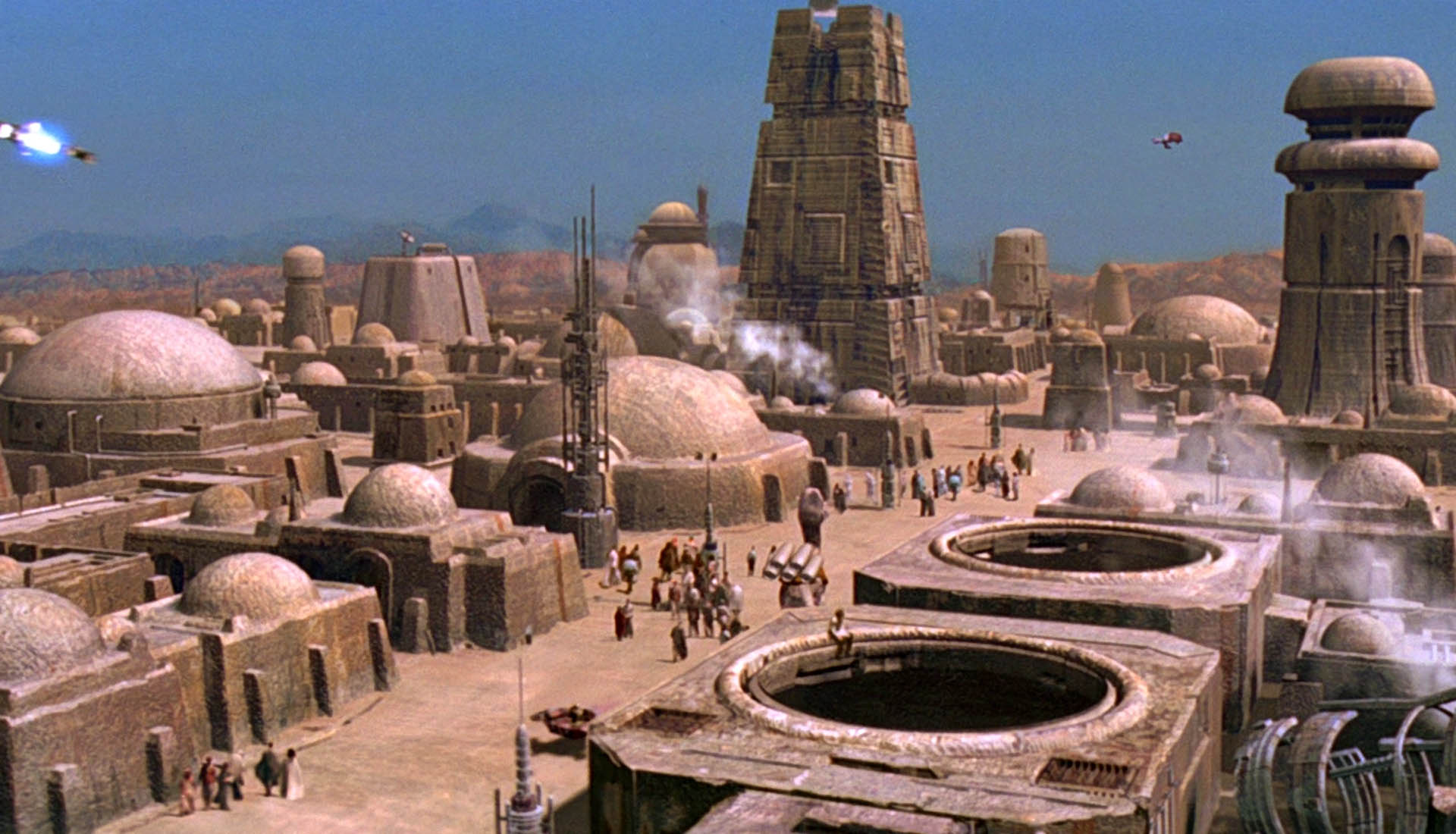
A lot of changes have been made. The spaceport has finally started to look like a place in scifi cinema. In the original version, it resembled some rural settlement in the desert, not a larger city on Tatooin. The changes introduced twice, in 1997 and 2004, include: new buildings, shading and speeder which Luke and Obi-Wan ride fixes, added animals (e.g. scurriers), bird’s eye view of the city, flying Outrider ship, droids, extras, smaller buildings, lowered horizon, Imperial Spy Droid and many more other minor fixes.
Wampa's lair
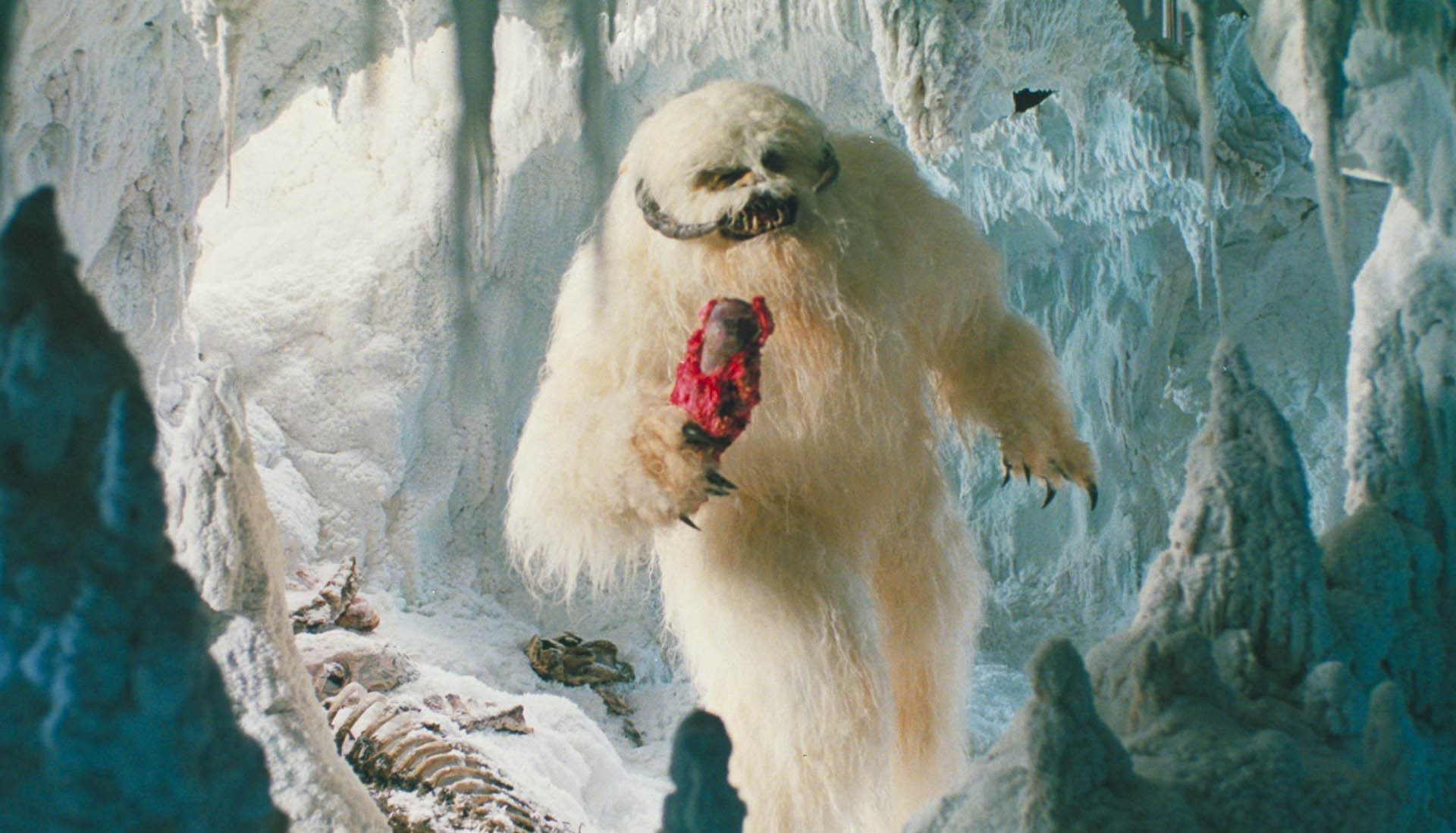
This is one of the most positive changes in the saga. On Hoth, when Luke Skywalker is caught by a Wampa and hangs upside down in an ice cave like a piece of meat in a pantry, he saves himself at the last moment attacking the monster with his lightsaber. In addition to the close-up of the Wampa’s face, it is shown in several expressive cuts. This gave the creature an air of mystery that, combined with its ominous roars, made the monster look and sound terrifying. But would it scare even younger viewers used to stronger horror films today? The 1997 special edition removed the mysterious part of the sequence, adding several scenes showing a full-scale Wampa eating carrion and chasing Luke in more detail. There’s also an extra scene where the Wampa cries in agony after losing her arm.
Jabba's gate

The change seems very subtle, but it strongly affects the viewer’s perception. Well, in the 1983 version of Return of the Jedi, C-3PO and R2-D2 knock on doors that don’t quite match the Hutt’s power. The new version of the door from 2011 has a different scale and more construction details. The two robots against the backdrop of these new gates look much smaller than in George Lucas’s original vision. Jabba’s power effect is more suggestive.
Anakins

The Force is strong in the Skywalker family, but so are the rest of the Jedi, especially those who become Masters. When their bodies die, the spiritual energy stays. In Return of the Jedi, George Lucas wanted to emphasize that neither Obi-Wan nor Yoda died, but joined the Force. This honor was also given to Vader himself, that is Anakin Skywalker. In the original version, he was played by Sebastian Shaw, but then the prequel trilogy followed, and the role of Anakin was played by Hayden Christensen. So the scene where the three heroes, already merged with the Force, celebrate with the rest of the living, was corrected. Instead of Sebastian Shaw, Hayden Christensen was put in so that he, along with Yoda and Obi-Wan, would appear as actual characters. However, let’s consider whether this makes sense, since Kenobi is still Alec Guinness, not Ewan McGregor. Maybe it’s time for another update?
Galactic Celebration

Originally, one could only guess that the “death” of the Emperor was celebrated throughout the Galaxy. In the original version, the presentation was limited to Endor. It wasn’t until years later, when the CGI and 3D techniques became a bit established, that short scenes of how people celebrate on Coruscant, Bespin, Naboo and Tatooine were introduced. To this day, these inserts look great, and John Williams’ music gives you chills. It’s much better than the original.
Han Solo vs Stormtroopers
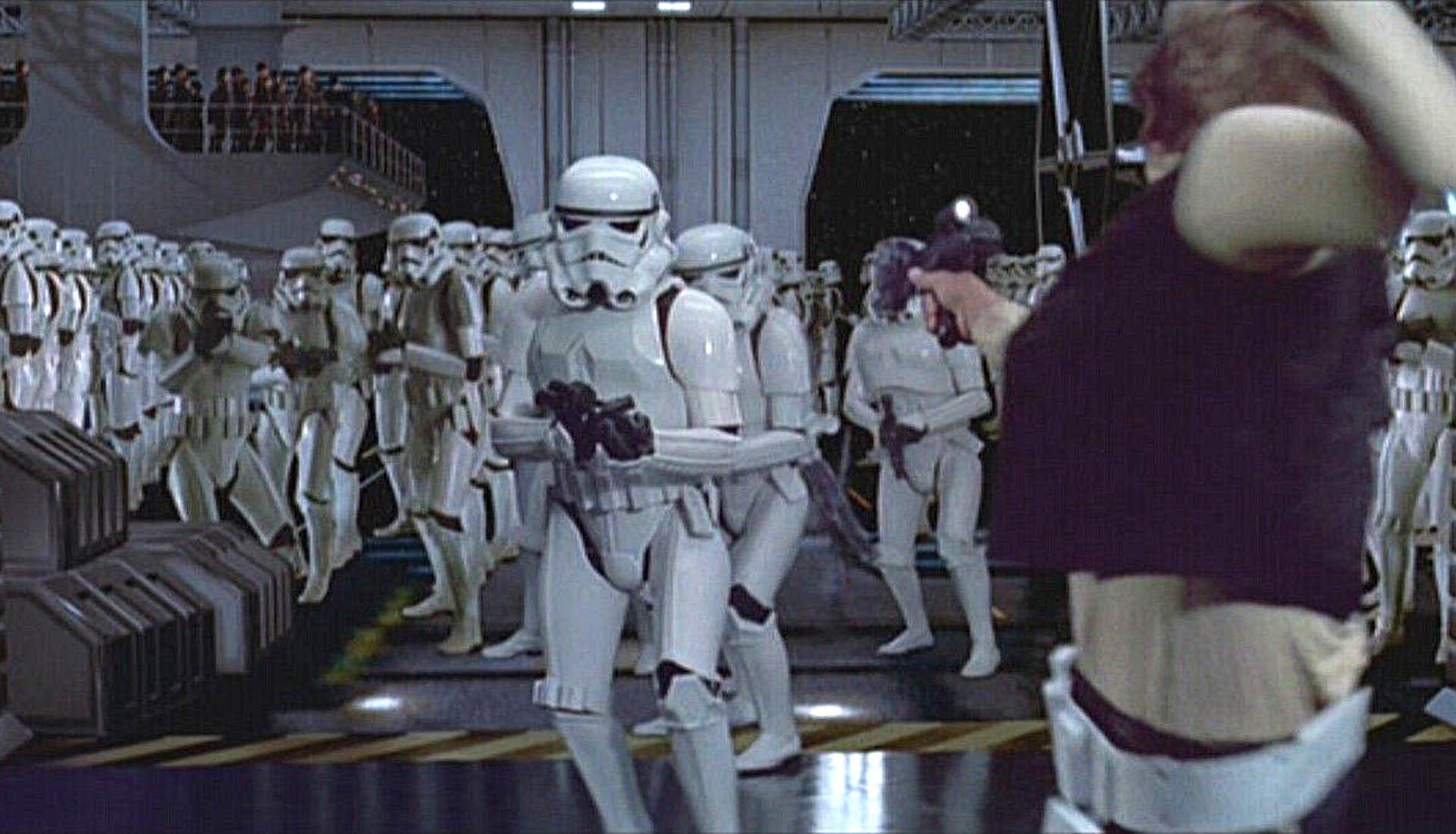
Opinions are divided as to whether this change is good. Some would prefer Han Solo not to be chased by such a large group of soldiers. From what I remember, the scene takes place on the Death Star where Han and Luke go to rescue Princess Leia. They separate for a moment, and Han starts running through the narrow corridors, trying to draw the stormtroopers away. At some point, he runs into a fairly large group, which originally consisted of about 5 opponents. However, they were multiplied to make it look more dramatic, and maybe also witty, so the soldiers in the new version of the scene are several dozen, if not more. So Han Solo has to run quickly.
Vader says NO
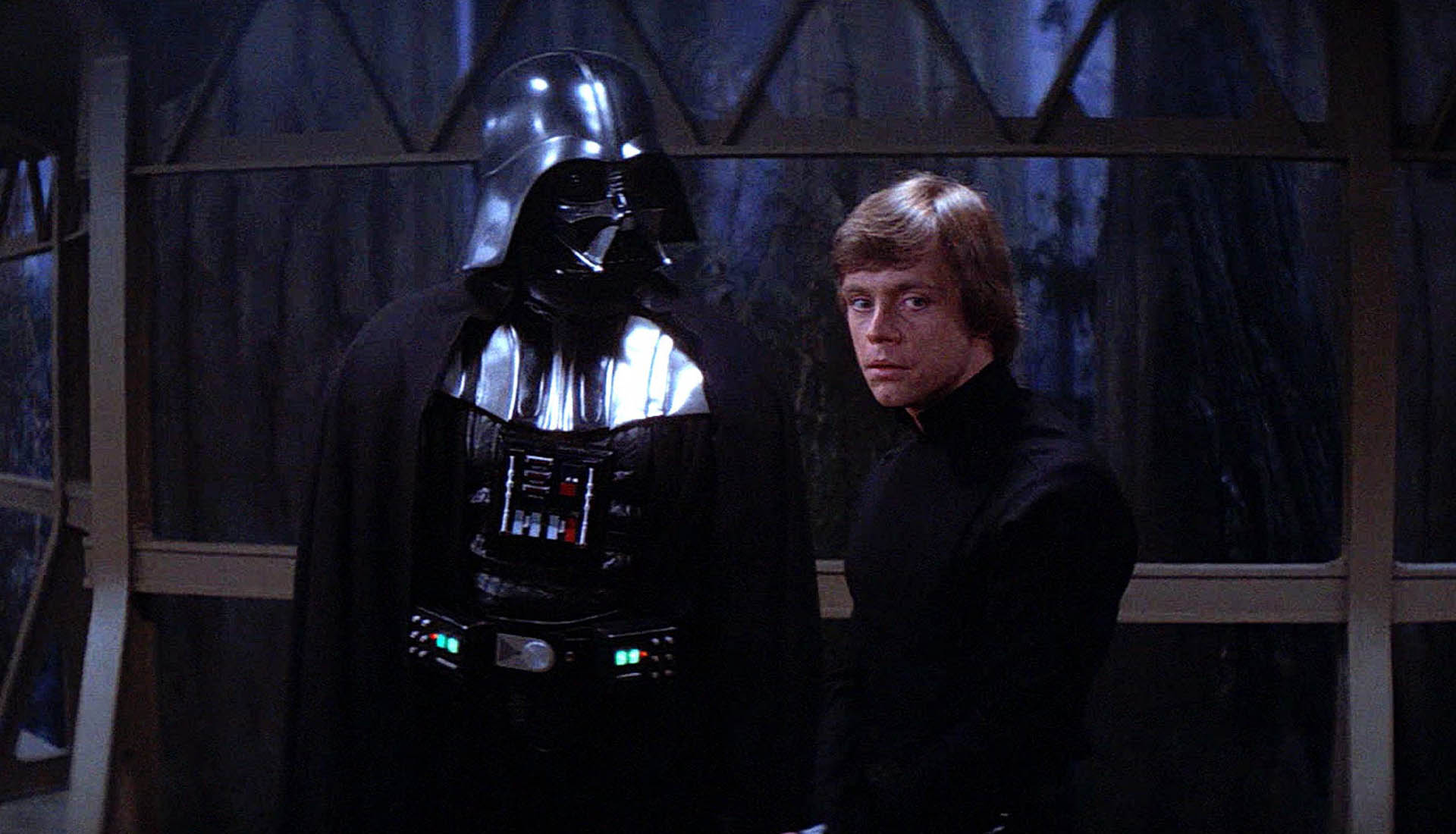
In the original, we remember him as someone who rather silently relives the tragedy of his son as Palpatine shoots Luke with power lightning. Years later, George Lucas decided that Vader would say something to make it more obvious to the viewer that he was against it. So Vader first looks at the suffering Luke and says “No” rather quietly. Then he looks at the Emperor and repeats “No” again more emphatically. Thanks to this, the tension grows more, and viewers are sure that Vader finally had the courage to oppose the dark side of the Force. A good fix, enhancing the drama of this scene in one of the better instalments in general, which is Return of the Jedi.
The Millennium Falcon escape from Mos Eisley
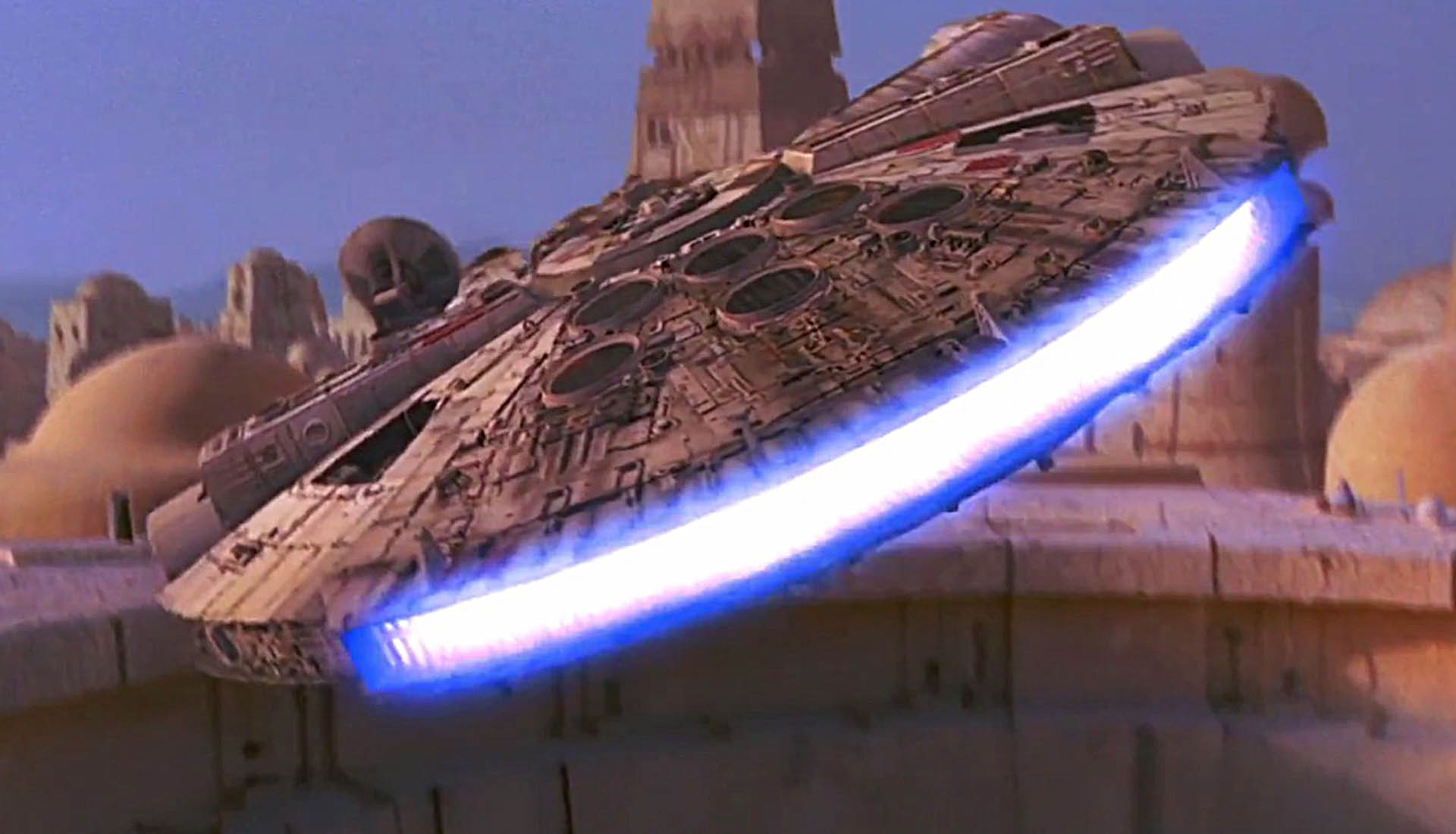
Digitally restored Mos Eisley looks worthy of a modern scifi cinema. The only thing missing was the dot above the i in the form of the Millennium Falcon. It’s about a short cutscene where our heroes manage to escape after a shootout in the hangar between Han Solo and the stormtroopers. The scene begins right after Obi-Wan buckles his seatbelt. Anyone who bought the 2011 special edition must have seen this sequence. Falcon’s start looks really great. You can see the details on the surface of the ship, and the engines glowing in blue and white complete the color scheme of this scene in an almost painterly way. The Falcon takes off and disappears somewhere above Mos Eisley, and the stormtroopers can only watch helplessly.



